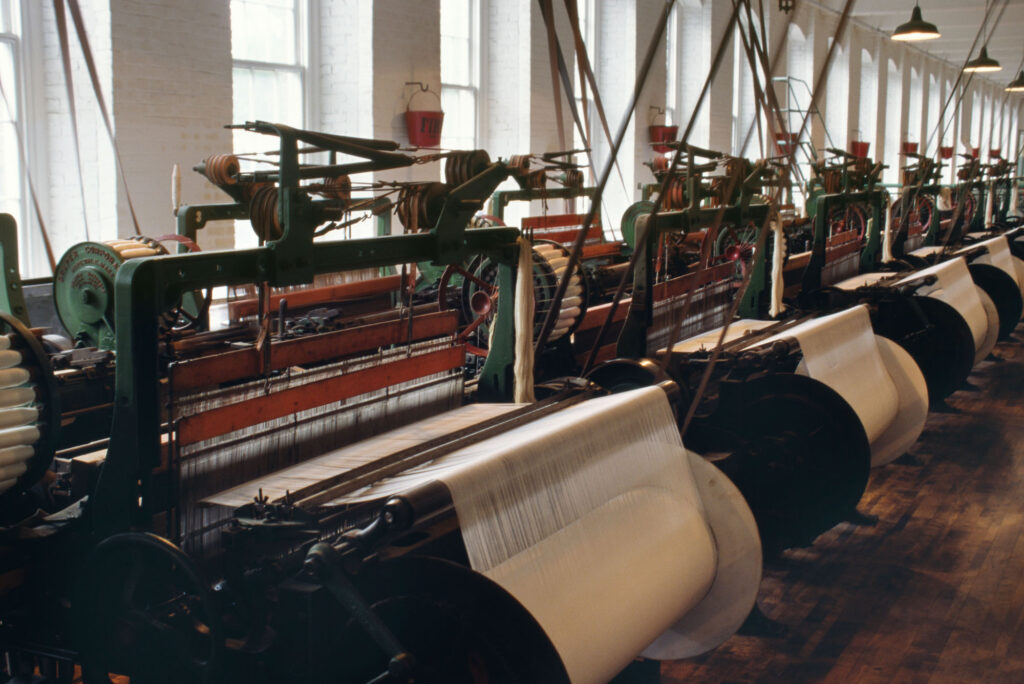Industrial Class Structure
Relevant for sociology optional Paper- 2 (Unit- 12 : Social Structure)

The Industrial Class Structure in India is a topic of great significance in the field of sociology. The industrial sector in India has undergone significant changes over the years, and the industrial class structure has also evolved to reflect these changes. The industrial class structure in India is characterized by the unequal distribution of wealth, power, and opportunities.
The industrial class structure in India is divided into four classes: the capitalist class, the managerial class, the skilled working class, and the unskilled working class. The capitalist class is the owner of the means of production, and they control the economic and political power in the country. The managerial class consists of the managers and supervisors who are responsible for the day-to-day operations of the factories and industries. The skilled working class is the section of workers who have specialized skills and knowledge and are paid relatively higher wages than the unskilled working class. The unskilled working class is the section of workers who have no specialized skills or knowledge and are paid low wages.
The industrial class structure in India is also influenced by caste. The caste system in India has a significant influence on the industrial class structure. The upper-caste capitalists and managers dominate the lower-caste workers. The lower-caste workers are subjected to various forms of discrimination and exploitation, such as low wages, poor working conditions, and denial of basic rights.
The industrial class structure in India has undergone significant changes over the years. The liberalization and globalization policies of the 1990s led to the emergence of a new class of entrepreneurs who were able to take advantage of the new opportunities. The IT sector in India has also emerged as a significant contributor to the industrial class structure. The IT sector employs a large number of skilled workers and has created a new class of professionals who are relatively better off than the traditional working class.
The industrial class structure in India is also influenced by gender. Women are underrepresented in the industrial sector and are concentrated in low-paying, unskilled jobs. Women are also subjected to various forms of discrimination and exploitation in the workplace, such as sexual harassment, unequal pay, and denial of promotion opportunities.
The industrial class structure in India is also affected by globalization and technological advancements. The opening up of the Indian economy has led to an influx of multinational corporations into the country. The emphasis on exports and outsourcing has led to the growth of the service sector and the decline of the manufacturing sector. The manufacturing sector in India is dominated by small and medium-sized enterprises, and they face various challenges, such as lack of access to credit, outdated technology, and inadequate infrastructure.
In conclusion, the industrial class structure in India is a complex system that is characterized by the unequal distribution of wealth, power, and opportunities. The class structure is also influenced by caste, gender, globalization, and technological advancements. The government needs to take steps to address the issues of inequality and exploitation in the industrial sector and ensure that workers have access to basic rights and opportunities to improve their livelihoods. The industrial sector also needs to be modernized and made more competitive to attract investment and create more job opportunities. Only then can we ensure a more equitable and just industrial class structure in India.
For more such free UPSC notes, Articles, News & Views Join our Telegram Channel. https://t.me/triumphias
Click the link below to see the details about the UPSC – Civils courses offered by Triumph IAS. https://triumphias.com/pages-all-courses.php


